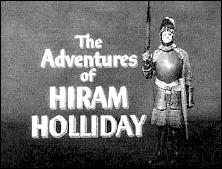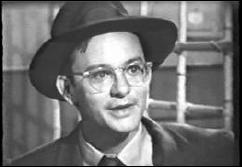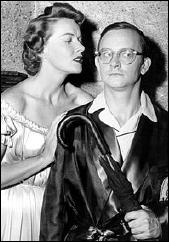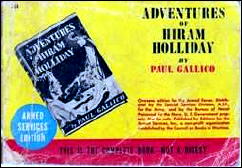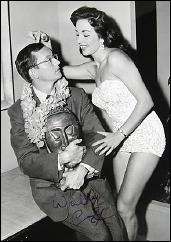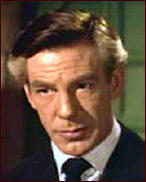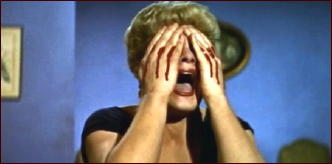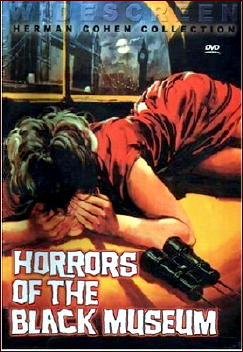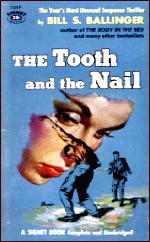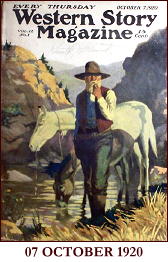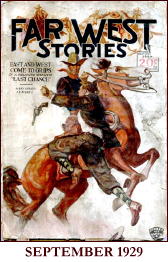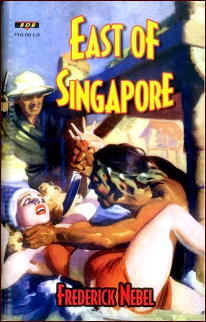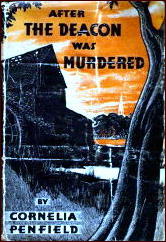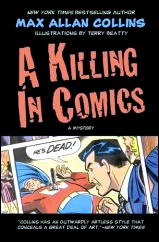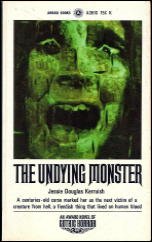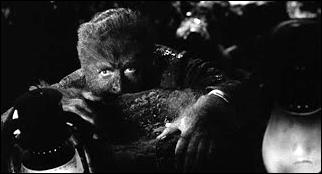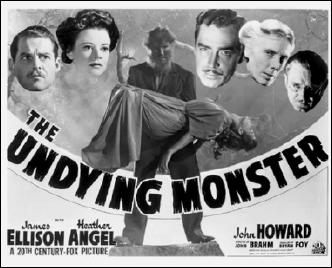Sat 16 Feb 2013
Archived Review: CORNELIA PENFIELD – After the Widow Changed Her Mind.
Posted by Steve under Reviews[6] Comments
CORNELIA PENFIELD – After the Widow Changed Her Mind. G. P. Putnam’s Sons; hardcover, 1933.
Although she’s not the detective of record in either volume, Miss Jane Trimble of the author’s previous book, After the Deacon Was Murdered (reviewed here ) makes a return appearance in this one. (Since she was not designated as a Series Character in Al Hubin’s Crime Fiction IV, I immediately relayed this information on to him, which was gracefully accepted, as always.)
Two other minor characters have equally minor (but nonetheless significant) roles in this one as well: Judge Whitaker and the unsavory reporter named Parsons. But with the lack of any other detective by designation in this one, Miss Trimble seems to play the role as sleuth as well as anyone else, along with her co-worker on the dead man’s proposed biography, a young college graduate and presently out-of-work advertising copywriter named Anne Exeter.
It is Mrs. Prelton’s idea for the biography, coming five years after her husband’s mysterious death, but who has put her up to it, no one knows. Everyone who was at the gathering at Skyetower that evening then has been invited back, and no one dares refuse the widow’s change of heart – she had closed the mansion and had all but never mentioned the her husband’s name again.
The backgrounds of all of the guests – many of whom have fallen on hard times in the meantime – are interwoven and tangled together in intricate fashion, and much of the delightful first half of the book is spent in unraveling the various threads of their lives. It is a Christie novel that the author is attempting, but with a homespun and not-so-prim New England sense of humor mixed abundantly in.
A stuffed dog with a collar studded with diamonds also figures prominently in the early going – it seems to have been the basis for a smuggling scheme that the some of the people in the widow’s life (including a European prince from some small outpost overseas) have been involved in.
From page 109:
“I fear I have not.”
“Well, it was this way. This Englishman, he says ‘What’s that?’ says he. ”Tis a ladybug,’ says his American friend. The Londoner squints through his monocle like this and takes a closer look and then he turns and says, ‘Me word — how observant you Americans are!’ Haw-haw-haw!”
The prince smiled with puzzled politeness and turned again to speak with Mrs. Prelton.
The dead man, as it not very surprisingly turns out to be the case, did not have many friends, no matter how many guests were on hand during the fateful evening, and one gets one’s hopes up that this will really be a jewel of a mystery, or at least I did.
But the ending is disappointing, wrapped up in much too quick fashion, with yards and yards of explanation to go with it, and yet not enough to explain why Jane’s drive over the mountain to look up some records on page 276 was exactly the right place for her to go, and at the right time, to get to the bottom of the mystery.
Then again, a genealogist has to go where the records are, and if coincidentally it all connects with the matter of Mr. Prelton’s fatal fall from a window, then why not accept good fortune when it comes along?
As in her first book, Cornelia Penfield also continues to play with the conventions of the general novel as well as the detective story itself. For the latter, read the last page. For the former, I’ll leave you with this from page 258, where Anne is talking to a young man she happens to be fond of:
Anne stooped to sniff a yellow rose. Then she looked pleasantly up at him. “Really? What?”
“A row of asterisks! I know!”
“You’ve been around a lot, haven’t you, John? But you haven’t caught up on your prescribed reading. Modern authors don’t use asterisks. They Leave Nothing to the Imagination!”
PostScript. Cornelia Penfield Lathrop was born in 1892 and died in 1938, five years after the two detective novels she wrote came out. From google.com I discovered that she was the producer of a Broadway play in 1923, and that she was very much someone was interested in local Connecticut history, if not genealogy herself. In 1930, for example, she was the author of work of non-fiction entitled Black Rock, the Seaport of Old Fairfield, Connecticut, 1644-1870. No copies are available on abebooks.com, but most every library of a certain size in the state seems to have a copy.
But what’s most intriguing is the statement that appears opposite the title page of this second mystery, to the effect that “In Preparation” was her third, After What the Doctor Said. If your brain doesn’t start tingling like mine did, then maybe you’re reading the wrong blog. You have to wonder how far along the unpublished manuscript got, why it never got finished, or if finished, then why it was never published. My assignment for next time, then, is to investigate, find out more, and report back with everything I’ve learned.
